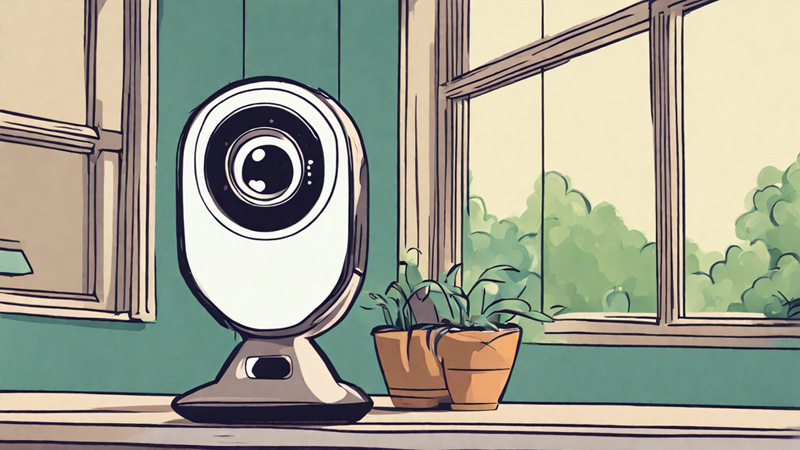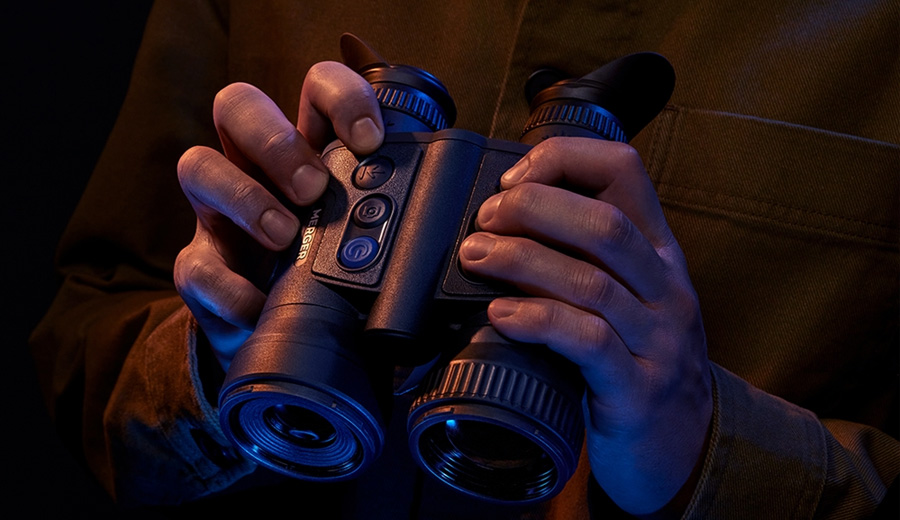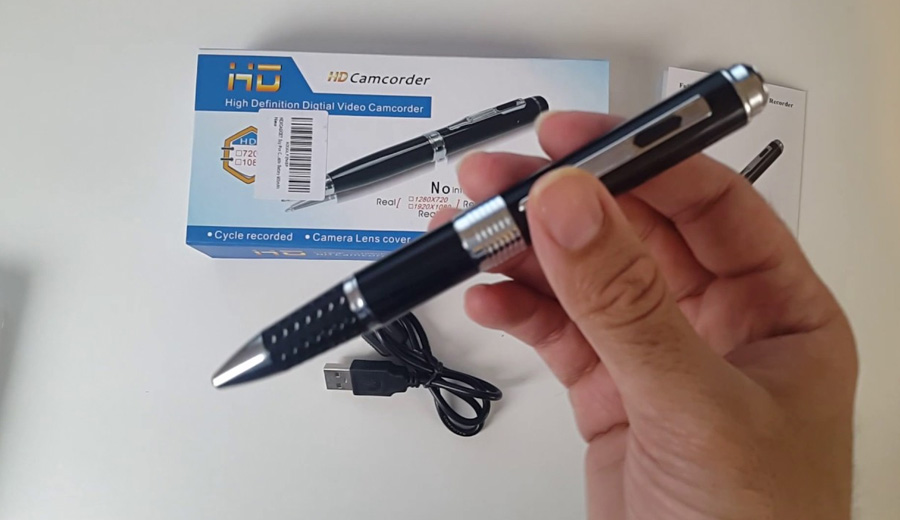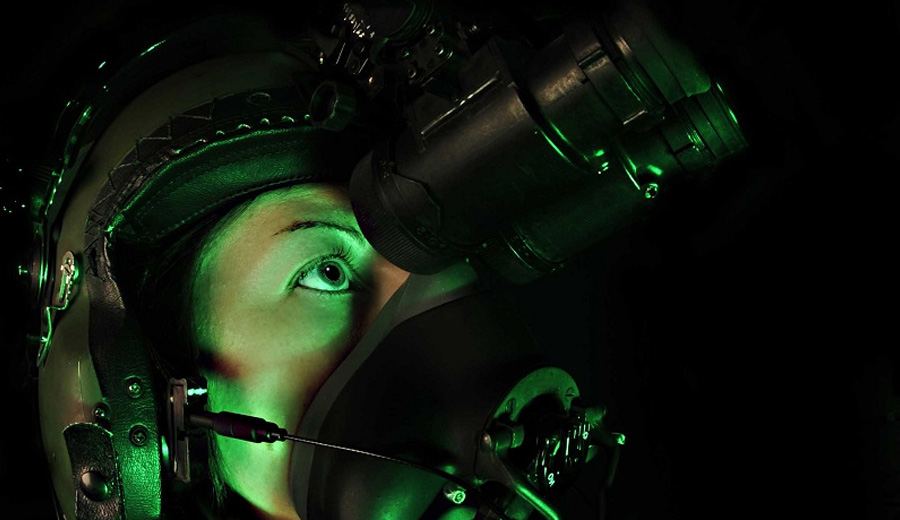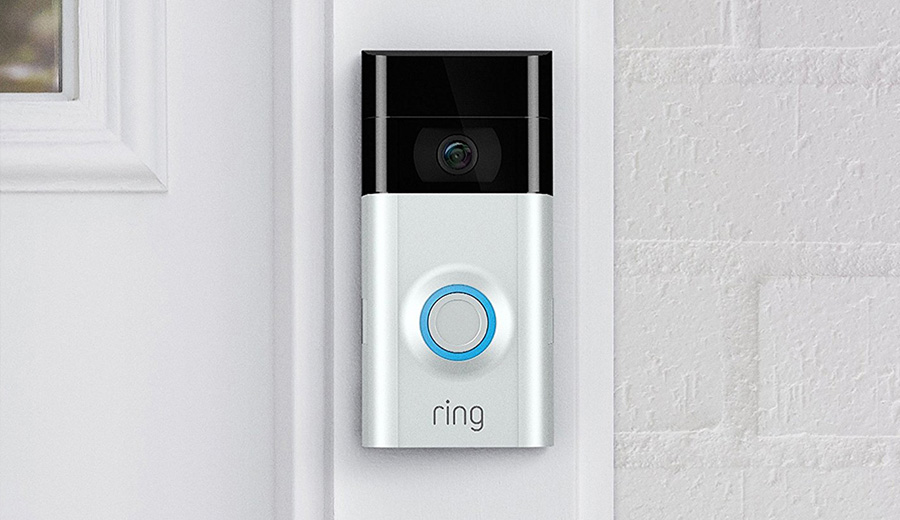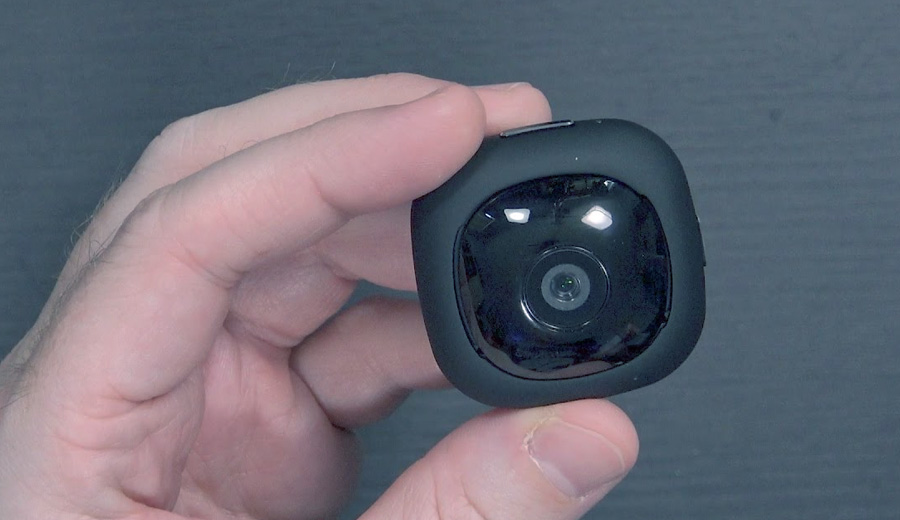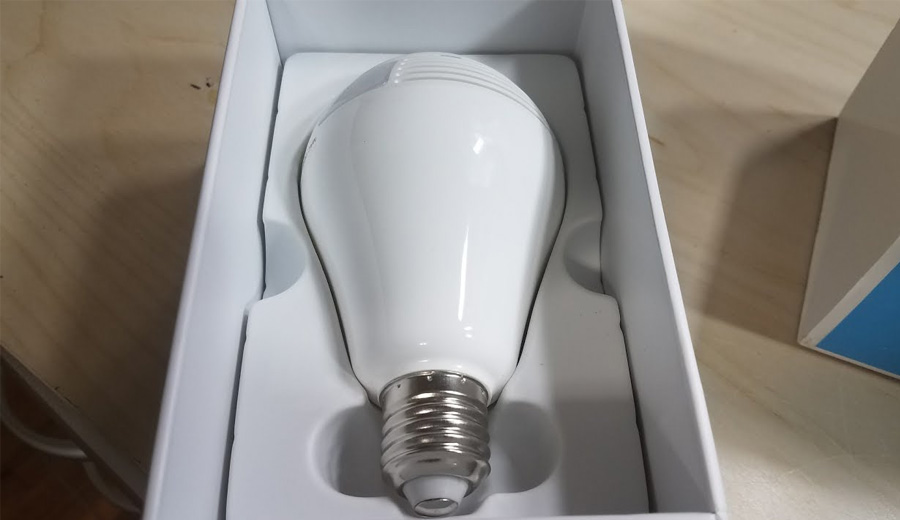The concept of a “smart home” has transformed the way we live. IoT has taken control of our thermostats and how we manage the remote monitoring of security systems. One cannot deny its revolutionary effect on our lives.
We shall examine the crossover between smart homes and spy cameras, discuss how they work, their applications as well as some ethical and privacy problems associated with such an integration.
Combining Spy Cameras with Smart Homes
A “smart home” is not new. We’ve had “smart” devices in our homes for quite a few years now. With the Internet of Things (IoT), our homes have become more than just spaces to eat and sleep; they have evolved into intelligent and interconnected environments.
The term Internet of things (IoT) encompasses a network of physical objects that are fitted with sensors and other software that enable the device to send and receive data via the Internet.
As a result, there is a presence of numerous smart devices which can be remotely operated thus giving us more control and comfort at a click of a button.
For instance, through smart technology, we have been able to control so many devices in our house. From adjusting the thermostat to monitoring our security systems, IoT devices have made our homes more efficient and responsive to our needs.
How Do Spy Cameras in Iot Devices Function?
Spy camera in an IoT device functions similarly to standalone hidden camera.
Such cameras are normally hidden in something familiar like a clock or a microwave therefore is able to record without being noticed.
The following are key components and how they work:
- Lens and Sensor: IoT devices have spy cameras with a lens of smaller size which is concealed within the design of the device. The input lens takes in visual information, which then proceeds send data to a sensor within that system that converts the incoming light into electrical signals.
- Microprocessor: An onboard microprocessor processes electronic signals made by a sensor. It can also improve the images while controlling the functionalities of the cameras.
- Storage or Transmission: Depending on the design of the footage captured or the use it intended for, the images or videos may be saved internally on an internal memory card or transmitted via wireless technology to a remote location.
- Power Source: Such cameras can either be on batteries or hardwired to a power source. In addition, some advanced modes have motion sensors so as to save power and record only in times of movement.
Uses of Spy Cameras in Iot Devices
However, spy cams in IoT devices are not necessarily inherently sinister, because they can be used for legitimate purposes. Some common uses include:
- Home Security: IoT security cameras are concealed into smart doorbells, light fixtures, and any daily object to secretly survey the surroundings of a house. Homeowners feel safe and can monitor their premises from any location.
- Child and Pet Monitoring: Many times, parents, and pet owners use IoT gadgets with secret cameras to watch over their children and pets remotely. The owners can rest assured that their safety and well-being is guaranteed in the absence of such cameras.
- Elderly Care: The use of IoT cameras at various places in the house can be employed to observe the behaviors and health of the elderly persons when they require assistance. It also assists the caregivers in getting support when required.
- Environmental Control: The smart home is monitored using the hidden cameras installed within IoT devices to measure parameters like temperature, humidity, and air quality.
Ethical and Privacy Concerns
There are ethical and privacy issues associated with embedding spy cameras within IoT devices. People usually put these devices without understanding the consequences for privacy of other people.
Some of the main concerns include:
Invasion of Privacy: Surveillance of people without authorization in another person’s home is one major invasion of privacy. This means that people may not realize that they are being recorded.
Cybersecurity Risks: Hidden cameras or any other IoT devices are vulnerable to hacking making it possible for attackers to access live videos among other confidential information.
Consent Issues: Recording other people without their prior consent can cause legal and ethical problems. Some areas have strict laws on surveillance and privacy rights.
Abuse of Technology: These devices may be used legitimately, but they could also be used for malicious intentions such as voyeurism.
Protecting Privacy in Smart Homes
To protect privacy within the context of smart homes and spy cameras, individuals and manufacturers can take several steps:
- Security Measures: Include strong passwords, two-factor authentication, and frequent software updates in order to mitigate cyberattacks.
- Maybe turn on spy camera device only when it’s necessary to avoid legal issues, although in most states, recording in your own home is permissible.
So, if you want to beef up your smart home with even smarter technology for security purposes, then you may enjoy spy cameras in everyday smart household items.
IOT spy cams integrate with internet seamlessly (usually). You can control your security or DVR camera system remotely, via internet. On top of that, you can control your smart devices remotely as well.
By adding security cams in your smart house arsenal, you’re joining thousands of people who decided to enjoy the comfort to the maximum and protect their valuables and family at the same time.

